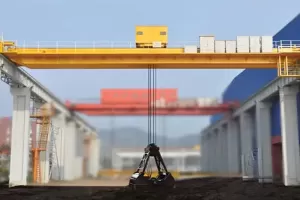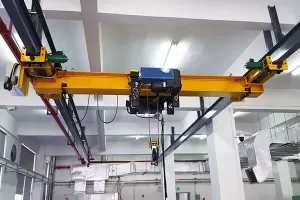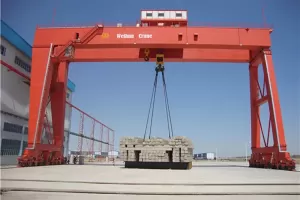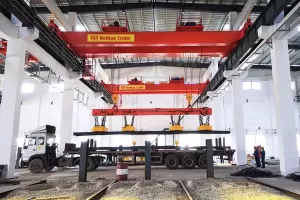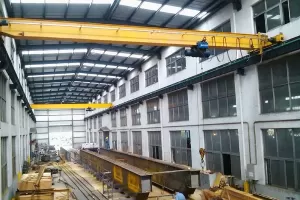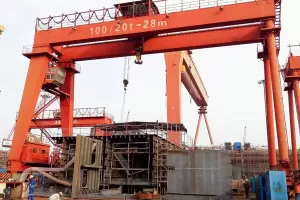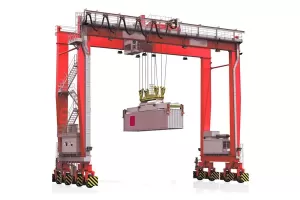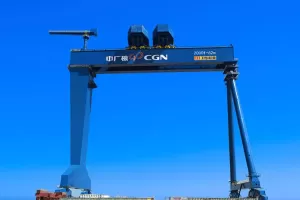Jib cranes are a popular choice for many industries that require material handling solutions. They are powerful, versatile, and can be customized for specific applications. If you are an Indonesian customer looking to purchase a jib crane, there are several factors to consider. In this blog post, we will explore these factors and provide you with the information you need to make an informed decision.
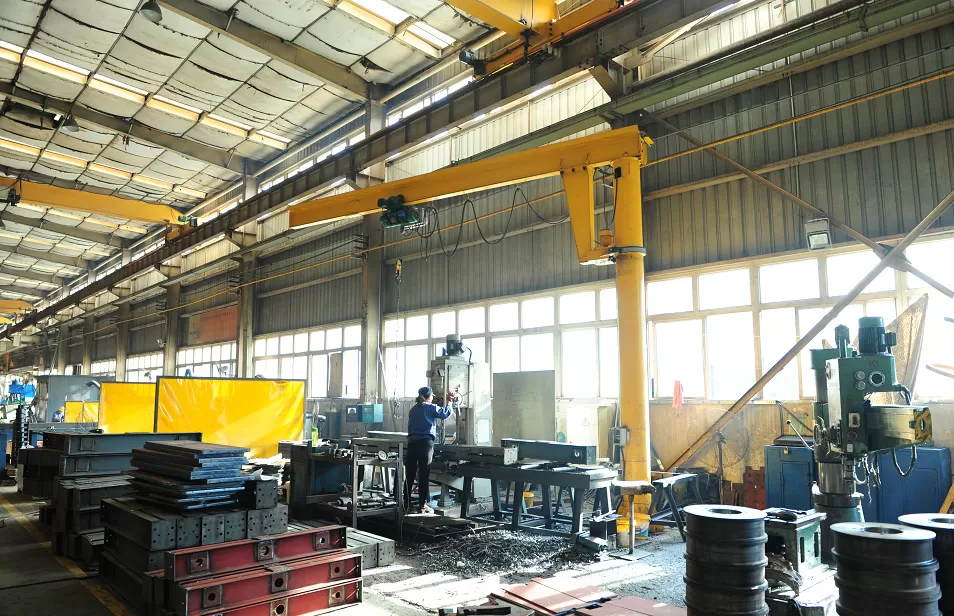
What is a Jib Crane?
First, let's define what a jib crane is. A jib crane is a type of crane that consists of a horizontal member (known as a jib or boom) that is supported by a vertical mast or post. The jib can rotate up to 360 degrees, allowing the crane to lift and move loads in different directions. Jib cranes come in several different configurations, including wall-mounted, floor-mounted, and portable.
Factors to Consider When Purchasing a Jib Crane
1. Load Capacity
One of the most important factors to consider when purchasing a jib crane is the load capacity. The load capacity is the maximum weight that the crane can safely lift and move. It is essential to choose a jib crane with a load capacity that meets your specific requirements. If you overload the crane, it can result in damage to the crane or the load, as well as potential safety hazards.
2. Height and Reach
Another factor to consider is the height and reach of the jib crane. The height is the distance from the floor to the top of the jib, while the reach is how far the crane can extend from the vertical mast or post. It is crucial to choose a jib crane with the right height and reach for your application. If the crane is too short or too long, it can make it challenging to move loads effectively and safely.
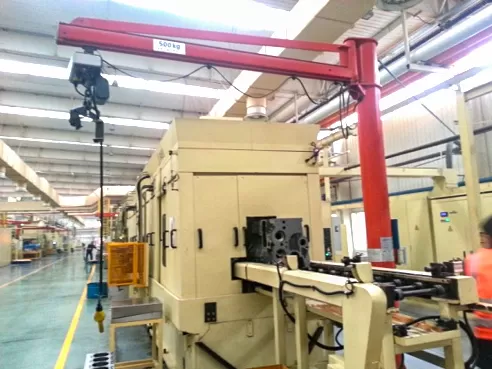
3. Rotation Range
The rotation range is another critical factor to consider when purchasing a jib crane. Jib cranes offer varying degrees of rotation, from 180 degrees to 360 degrees. It is essential to choose a jib crane with a rotation range that suits your specific needs. A crane with a limited rotation range may not be able to move loads as effectively, while a crane with too much rotation may result in less stability.
4. Safety Features
Safety features are crucial when operating a jib crane. Features such as limit switches, emergency stop buttons, and overload protection can help prevent accidents and ensure that the crane operates safely. It is essential to choose a jib crane with the appropriate safety features for your application.
5. Cost
The cost of a jib crane is an important consideration. Jib cranes vary in price depending on their load capacity, height and reach, rotation range, and safety features. It is essential to choose a crane that meets your requirements while also fitting within your budget.
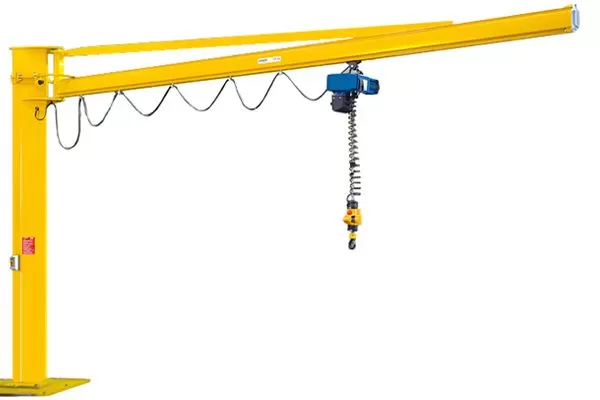
Conclusion
In conclusion, purchasing a jib crane requires careful consideration of several factors. Load capacity, height and reach, rotation range, safety features, and cost are all essential considerations when choosing a jib crane for your application. By taking the time to evaluate your needs and selecting the appropriate crane, you can ensure safe and effective material handling for your business.


